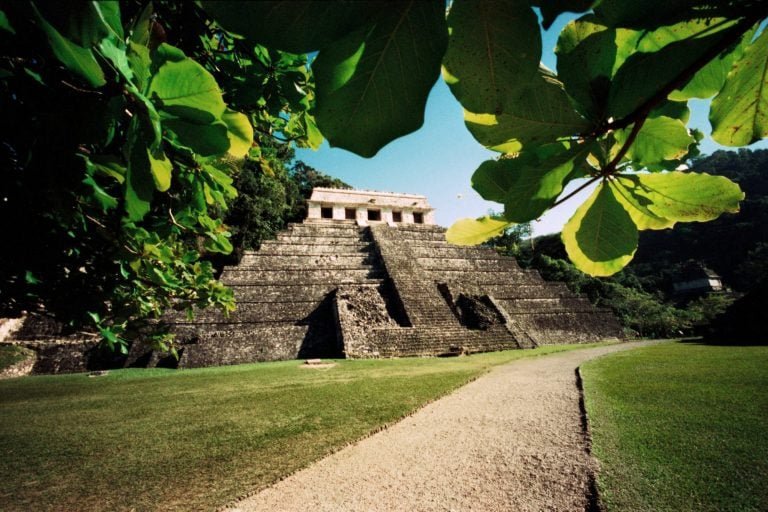Tulane University researchers have made a groundbreaking discovery, uncovering a previously unknown Mayan megacity complete with pyramids, using cutting-edge lidar technology.
Key Findings:
- Over 6,500 pre-Hispanic structures revealed in Mexico.
- A large, unknown city with pyramids discovered.
- Vast, unexplored Maya settlements uncovered.
- Complexity and variability in Maya settlement patterns.
Lidar Technology: A Game-Changer in Archaeology
Lidar (Light Detection and Ranging) uses laser pulses to create 3D models, allowing scientists to survey large areas remotely.
The Discovery:
Led by Luke Auld-Thomas and Professor Marcello A. Canuto, the team surveyed 50 square miles in Campeche, Mexico, revealing:
- A dense network of settlements.
- A large city with pyramids, hidden near a modern highway.
- Rural areas and smaller settlements.
Implications:
- Revised understanding of Maya population and settlement patterns.
- Challenges previous assumptions about urban and rural distribution.
- Highlights lidar technology’s transformative power in archaeology.
Expert Insights:
“Lidar is teaching us that, like many other ancient civilizations, the lowland Maya built a diverse tapestry of towns and communities,” says Professor Marcello A. Canuto.
The Future of Archaeology:
Tulane’s Middle American Research Institute (MARI) pioneers lidar technology, expanding its “lidar footprint” in archaeological research.
Sources:
- Tulane University
- Antiquity journal
Related Articles:
- “Lidar Revolutionizes Archaeology: Uncovering Hidden Sites”
- “The Maya Civilization: Unveiling its Secrets”
- “Unlocking Ancient Mysteries with Cutting-Edge Technology”
Share Your Thoughts:
How does this discovery impact our understanding of the Maya civilization? Share your thoughts in the comments below!

















